
Two dogs killed a pair of olive ridley turtles on Guiones Beach on Thursday, November 4 2021. Two days later, another attacked a minor at Peladas. Both beaches are part of the Ostional National Wildlife Refuge.
These situations could be avoided if people abided by the law that prohibits pets from entering protected wildlife areas such as Guiones and Pelada.
Institutions, NGOs and development associations work with limited resources to solve a problem that is not new to the community and that affects wildlife worldwide, visitors and even the pets themselves.
Consequences for Pet Owners
When we take dogs to protected areas, the ecosystem isn’t the only thing that pays a price; the dog’s owner does too. Penalties vary from case to case.
- Pets within protected areas: Just by taking them, the owner risks having their pet captured by the National System of Conservation Areas (SINAC for the Spanish acronym) and then turned over to the National Animal Health Service (SENASA for the Spanish acronym). Article 130 of the penal code establishes penalties of between 15 days to three months in prison for those who have an animal without adequate conditions to guarantee the safety of other people. The penalty goes up to three to six months in prison if the owner carelessly releases the animal or incites it to attack.
- Pets that attack people: The victim can file the respective complaint with the corresponding authority: SENASA or the Public Ministry. Article 30 of the penal code indicates that if the animal causes physical harm to another person, the penalty will be from six months to one year in prison. The legislation could also impose higher penalties if the attack is serious enough for the crime to be injury or homicide.
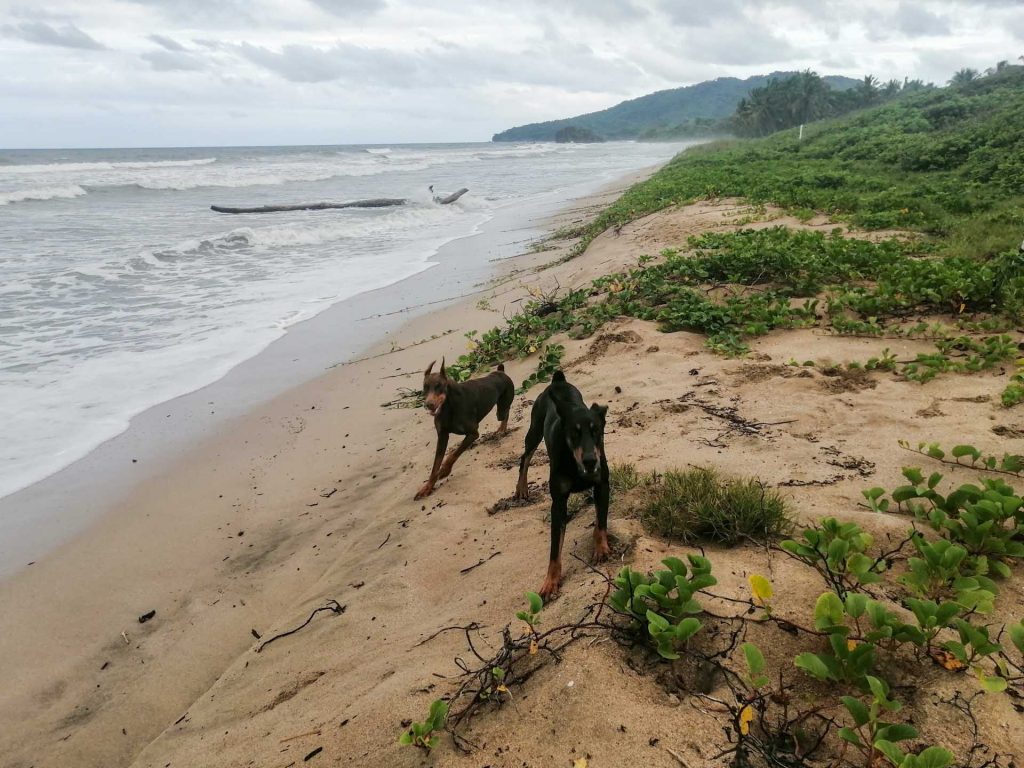
Two dogs attack a visitor in Playa Grande. Photo: Las Baulas National Marine Park
- Pets for hunting purposes: If an owner uses the pet for hunting purposes within the protected area, they run the risk of having the pet confiscated, a suit being filed in the courts of law and the respective fines from the Wildlife Conservation Law. Article 93 explains that it establishes a penalty of one to three years in prison for those who hunt or destroy nests of species declared to be in danger of extinction or that have reduced populations. If the damage is to animals that aren’t in danger of extinction or that have abundant populations, the penalty will be a fine equivalent to 10 to 30 base salaries or six months to one year in prison.
Damage Both Ways
The threats to wildlife go beyond attacks like the ones that happened last week. Dog feces is also a contamination problem for beaches that can affect public health and the health of ecosystems.
“All these dogs on the beach are going to defecate somewhere. Those bacteria that go into the ocean can eventually contaminate the sea water,” stated Vanessa Bezy, marine biologist, founder and president of the Association for the Conservation of Wildlife and Marine Life.
The biologist explained that if we take our pet to a refuge or national park and it interacts with wildlife, even though we aren’t present during the interaction, it can later transmit a disease to us.
That’s why, in these situations, Ernesto Acosta, SENASA’s veterinarian for the Chorotega region, chooses not to confiscate the dog but rather to educate its owner.
The dog can become ill when it goes into a protected area with wildlife. You can find an infinity of diseases there, from the one that the tick transmits to rabies,” warned Acosta.
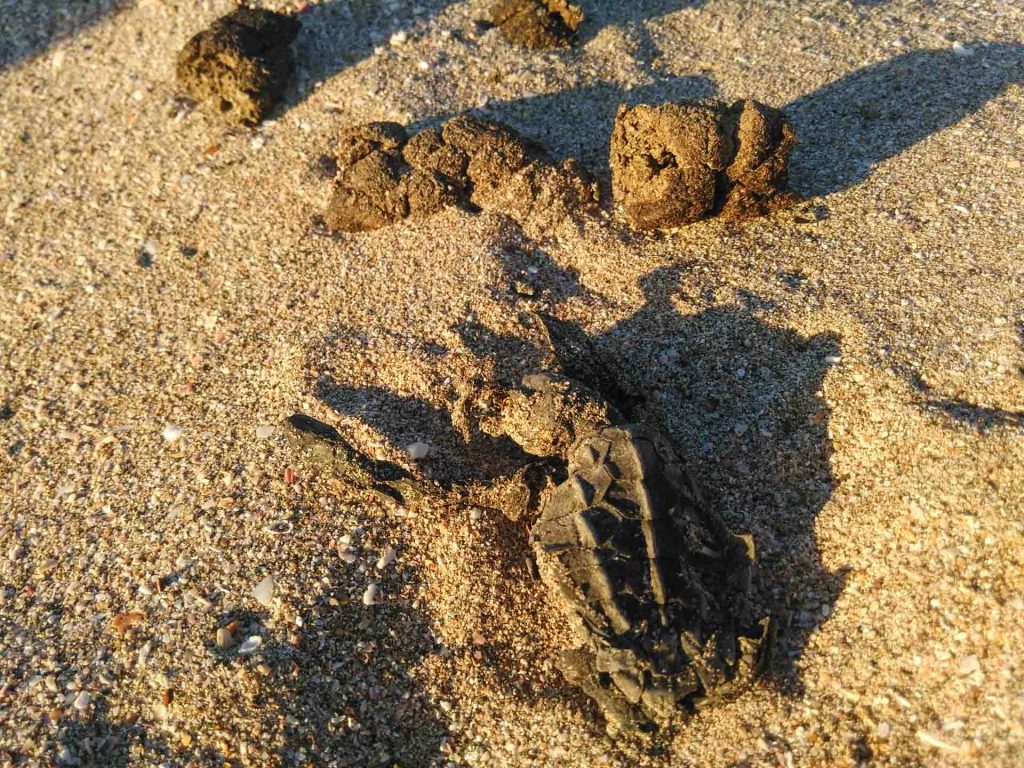
Dog feces found next to a pillaged olive ridley turtle nest in Playa Grande. Photo: Las Baulas National Marine ParkPhoto: Parque Nacional Marino Las Baulas
Dogs, owners and wildlife aren’t the only ones that can suffer the consequences of these practices directly or indirectly. Every time a dog attack occurs on the beach, the Nosara Coast Guard needs to handle it.
“It takes a lot of time away from beach surveillance because we’re careful not to let the dogs attack people, and if they attack them, we have to coordinate with the Red Cross and it’s a fairly long process,” said Randall Cordova, the Nosara Fire Department’s lifeguard coordinator.
A Problem with a Long History
Direct attacks by dogs on nesting sea turtles, neonatal turtles and also nests take place constantly in the Ostional National Wildlife Refuge and in the Las Baulas National Marine Park. But neither of them keep records of each case.
Between 2015 and 2017, the Nosara Wildlife and Marine Conservation Association conducted turtle monitoring with community volunteers at the beaches in Pelada and Guiones. According to Bezy, the biologist, the dogs pillaged between 5 and 15% of the total number of nests that they monitored. This is the consequence of something that she defines as the “tragedy of what’s common.”
If I go to the beach and see that everyone else has a dog, then I’m going to want to bring [mine]. And I think it’s okay because it’s just my dog, but if everyone does the same thing, it’s something that has a very big impact,” the biologist emphasized.
The communications coordinator for the Nosara Civic Association (NCA), Roberto Acuña, explained that this is not a new problem, but that it’s been increasing in recent years.
As Nosara’s popularity and real estate development grows, the number of people who visit us, the people who reside here and have pets, grows. That’s why it’s important for people to know these regulations,” Acuña summed up.
A Community That Solves Things
The coordinator of the Las Baulas National Marine Park’s community participation program, Cristian Diaz, argued that it’s a difficult problem to control “due to handling complaints on other environmental issues and SINAC’s clear deficiency in the amount of personnel and optimal resources to effectively handle this control.”
That’s why the Las Baulas Marine Park, the Ostional Refuge and the ACN focus a large part of their efforts to solve this problem on environmental education and communication.
In Las Baulas Marine Park, they’ve worked with the Ecological Blue Flag (BAE for the Spanish acronym) committees to put up signs and inform area residents and local businessmen near Playa Grande, Ventanas, Punta del Madero and Langosta beaches, all of which are within the national park.
In Nosara, the NCA launched a “multi-participant platform” for the sustainable development of Nosara. It’s a forum that integrates the different players who have a direct relationship with the refuge, such as tour operators, hotels and vacation homes.
Together, they designed newsletters that vacation homes and hotels can use. That way, when they have a reservation, that guest receives information about what the refuge’s rules are by email prior to their visit.
Ver esta publicación en Instagram
As a strategy, we’ve realized that it’s very important that people who visit us in hotels and vacation homes can receive this information in advance,” added Acuña, from the NCA.
(You can download the information here).
Bezy is committed to showing that community leadership can serve as an example to change this culture.
If I am a tourist and I see that all the locals have their dog, I’m going to want to bring my dog, so the change, in a certain way, has to come from the community itself,” concluded the biologist.
What Can I Do to Report It?
In the event that a pet attacks a person, you can call 9-1-1 and file a criminal report against its owner with the Public Ministry.
If you witness attacks on turtles, nest pillaging or hunting within the Ostional Refuge’s beaches, the ideal thing to do is to take pictures of the animals to identify them and locate the owners so that they face the corresponding legal processes.
If you’re in the Ostional Refuge, you can call the phone numbers 2682-0400, 2682-0937 or WhatsApp +506 8883-5111.
If the attack is on wildlife within the Las Baulas National Marine Park in Guanacaste, you can report the event to 2653-0470 or send information, photos and the location of the event to WhatsApp +506 8704-6444.


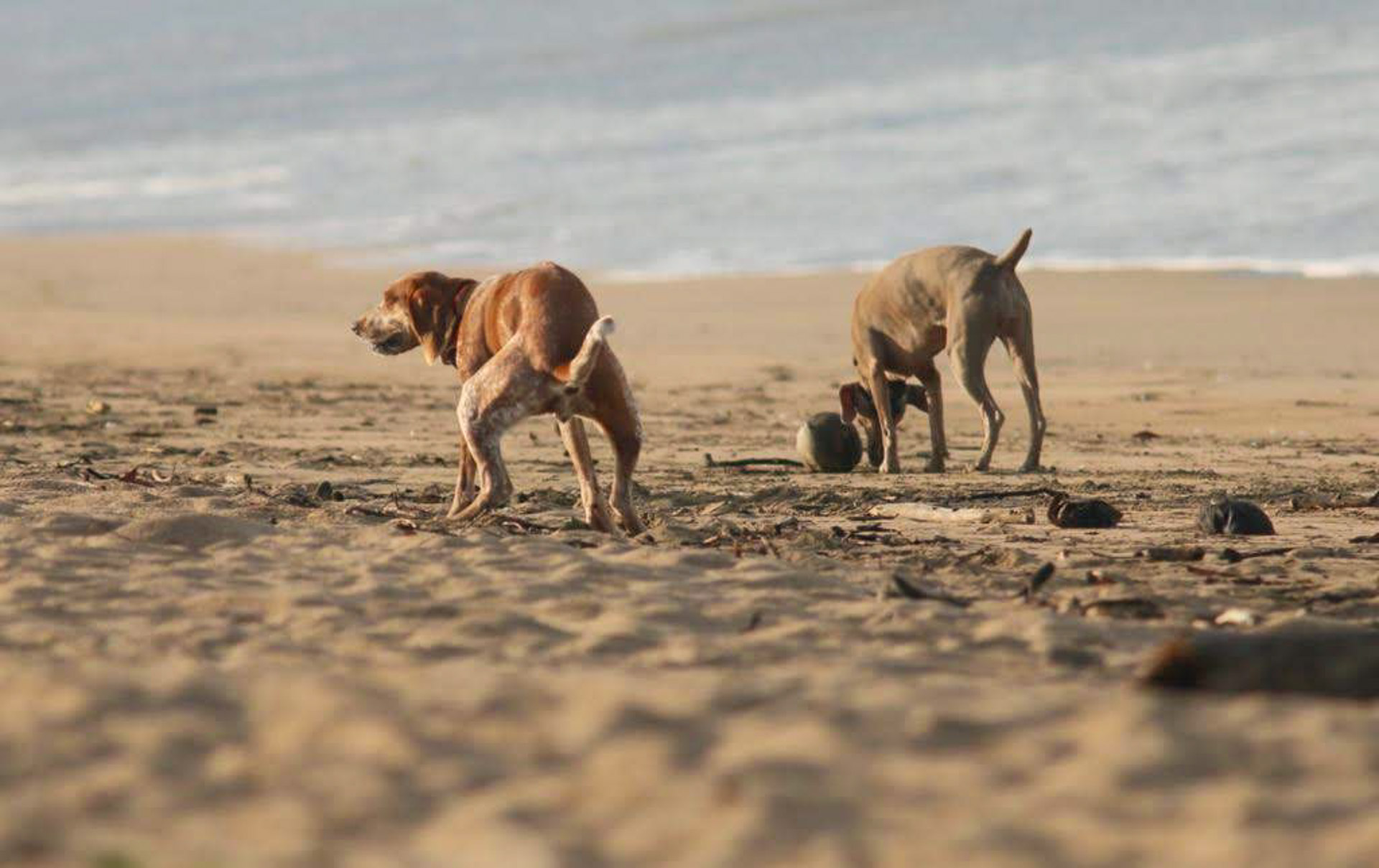
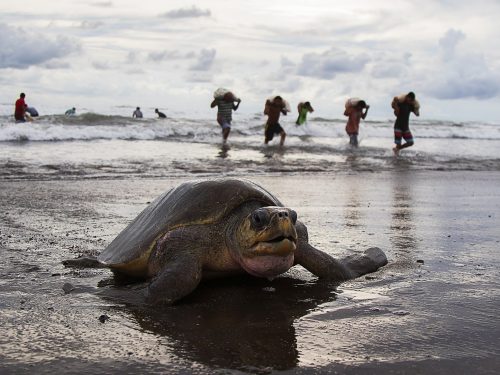
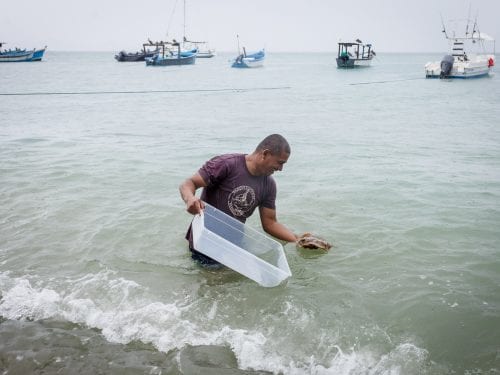
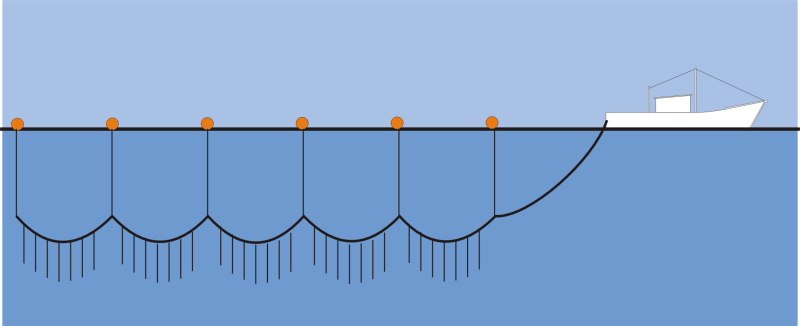

Comments